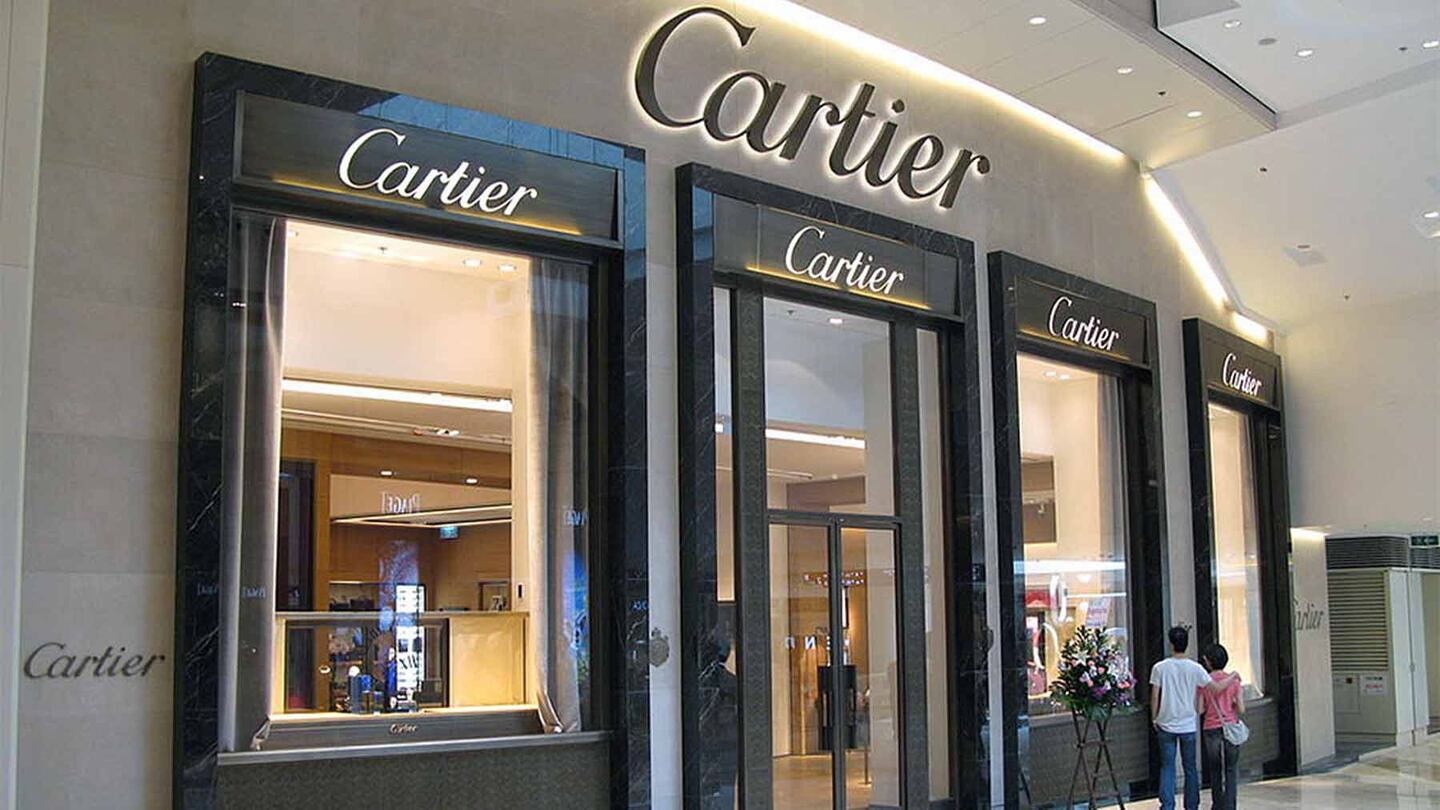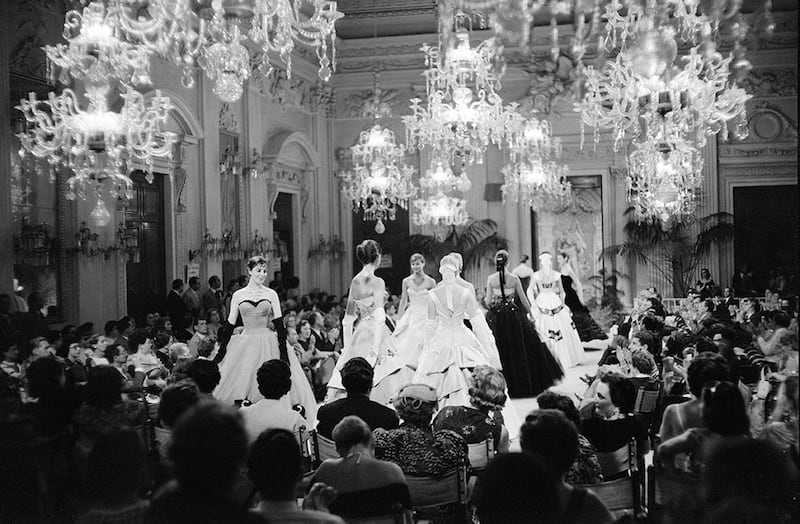
The Business of Fashion
Agenda-setting intelligence, analysis and advice for the global fashion community.

Agenda-setting intelligence, analysis and advice for the global fashion community.

PARIS, France — It was all going so right for the purveyors of bling.
After a couple of lean years, Chinese consumers have reignited demand for everything from Gucci shoes to Cartier jewellery. That's driven sales — and share prices higher. But there's a cloud overshadowing the high-end revival: the strength of the euro. Richemont, Prada SpA and even luxury powerhouse Hermès International have all raised concerns about this in recent weeks.
This has two effects on the luxury goods groups. Both are unhelpful.
Firstly, the region's high-end brands sell many of their products abroad. As their reporting currency strengthens, sales made in Chinese yuan or US dollars translate back into fewer euros. What makes the effect even more pernicious is that with most of their goods produced domestically, their costs are also in the common currency. They're deprived of a natural hedge that benefits other retailers. For instance, Adidas AG pays for most of its sneaker production in dollars, so gets a benefit from a stronger common currency. Most luxury groups will have hedging in place, so won't suffer an instant headache from the translation effects. But this will most likely only delay the pain.
ADVERTISEMENT
The second effect is more immediate. The travelling luxury consumer, primarily the Chinese, shop where they can get the best deals. After the Brexit referendum hammered the pound, they flocked to the UK. Conversely, when currencies strengthen — as the US dollar did toward the end of 2016 — they disappear.
The big question is whether lost sales in Europe will be recouped elsewhere. The Chinese do just a quarter their spending at home, according to analysts at Barclays Plc. Increased scrutiny at the border has deterred some of them from making overseas shopping trips.
Meanwhile, luxury goods groups have moved to so-called "price harmonisation," narrowing the outsized gap that traditionally existed between the price of a designer handbag in mainland China and Europe. China was 60 percent more expensive than France or Italy in early 2015. It's 22 percent pricier as of July, according to HSBC Holdings Plc.
That means European brands will find it more difficult to raise prices abroad to counter the ill effects of translating sales into a stronger currency. Though that will help some displaced sales get recouped in China, others will inevitably fall by the wayside. And that's something that luxury groups can ill afford right now.
Annual comparisons are becoming tougher, since the top end revival got under way in the second half of 2016. A year later, the recovery of the Chinese consumer may have run its course. One bright spot is that President Donald Trump's tax cut plans may encourage US consumers to keep spending. But even so, with elevated valuations, European luxury groups need the strong euro like a scratch on that shiny new Rolex.
By Andrea Falstead; Editor: Jennifer Ryan
The views expressed in Op-Ed pieces are those of the author and do not necessarily reflect the views of The Business of Fashion.

Brands from Valentino to Prada and start-ups like Pulco Studios are vying to cash in on the racket sport’s aspirational aesthetic and affluent fanbase.
The fashion giant has been working with advisers to study possibilities for the Marc Jacobs brand after being approached by suitors.
A runway show at corporate headquarters underscored how the brand’s nearly decade-long quest to elevate its image — and prices — is finally paying off.
Mining company Anglo American is considering offloading its storied diamond unit. It won’t be an easy sell.